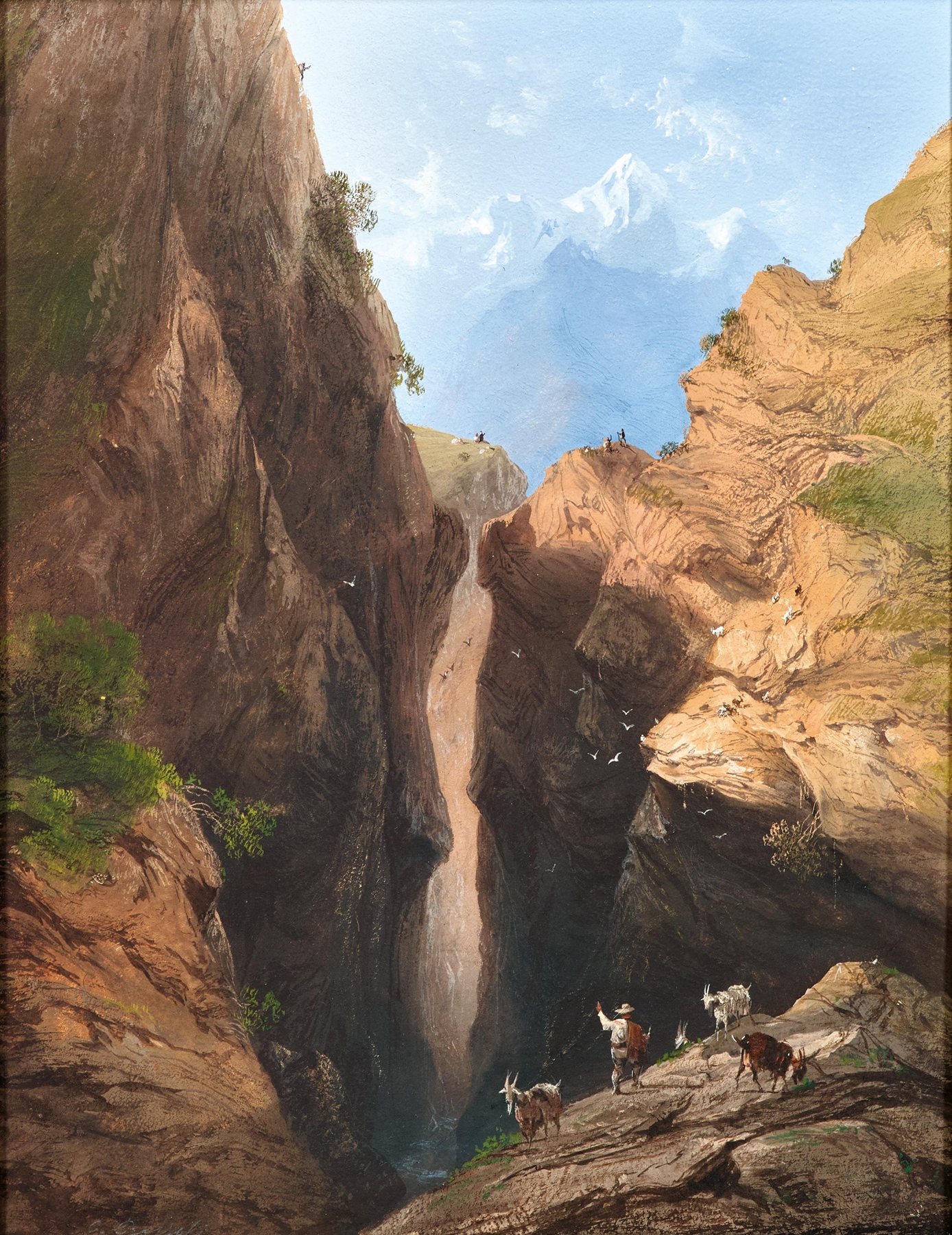Description
A Goatherd in the Alps by Carlo Bossoli printed on a T-Shirt
About the T-Shirt
Regular fit
Standard length, the fabric easily gives into movement
Casual wear
A classic, everyday option loved by our customers
Side-seamed
Constructed by sewing two parts together, creating a fitted look
The Unisex Staple T-Shirt feels soft and light with just the right amount of stretch. It’s comfortable and flattering for all. We can’t compliment this shirt enough–it’s one of our crowd favorites, and it’s sure to be your next favorite too!
- Solid colors are 100% Airlume combed and ring-spun cotton
- Ash color is 99% combed and ring-spun cotton, 1% polyester
- Heather colors are 52% combed and ring-spun cotton, 48% polyester
- Athletic and Black Heather are 90% combed and ring-spun cotton, 10% polyester
- Heather Prism colors are 99% combed and ring-spun cotton, 1% polyester
- Fabric weight: 4.2 oz./yd.² (142 g/m²)
- Pre-shrunk fabric
- 30 singles
- Side-seamed construction
- Tear-away label
- Shoulder-to-shoulder taping
- Blank product sourced from Nicaragua, Mexico, Honduras, or the US
Carlo Bossoli (1815-1884)
Carlo Bossoli was a Swiss-born Italian painter and lithographer, who spent his early career in Russia. He is best known for historical scenes from the Risorgimento.
His father was a stonemason of Italian origin, working in Switzerland. In 1820, his family moved to accept work in Odessa. Until 1826, he studied with the Capuchins. After graduating, he worked in a shop that sold antiquarian books and prints. It was there that he began to draw and sketch. In 1828, he was hired by the Odessa Opera to work as an assistant to Rinaldo Nannini (?-?), a stage designer who had studied at La Scala under Alessandro Sanquirico. He began to sell his paintings in 1833. His father died three years later and he found himself the sole support of his mother, his sister and her illegitimate son.
Luckily, his work drew the attention of Prince Mikhail Vorontsov, who commissioned him to paint several views of Odessa. Princess Elizabeta was impressed with his abilities and arranged for him to study in Italy from 1839 to 1840. He stayed mostly in Naples and Rome, giving special attention to tempera and gouache and associating with the many British artists who were living there. He returned in 1840 and settled in the coastal resort of Alupka, on the Vorontsov estate.
In 1844, at the request of his mother (who was ill), he moved to Milan and opened a studio there. In 1848, he produced popular scenes from “Five Days of Milan”. His mother died the following year, but he remained there until 1853, when an unsuccessful uprising against the Austrians forced him to flee to Turin, which he used as his base of operations for travels to England, France, Spain, Morocco, Germany and Scandinavia.
During those years, he produced an album of paintings, showing views of Crimea, which was published in London by Day & Son. It proved to be very popular due to public interest in the Crimean War. Later, in 1859, they commissioned him to produce a series of lithographs depicting the Second Italian War of Independence which were published as “The War in Italy”.
After seeing them, young Prince Oddone gave him a commission to follow the Piedmontese Army and make a record of its campaigns. The result was an album of 150 tempera paintings and the Prince declared him to be “the painter of our history”. He fell ill with a fever at this time and his productivity declined dramatically. He divided his time between decorating his home to resemble the Vorontsov Palace and doting on his nephew.
In 1883, at the age of sixty-eight, he married Adelaide De Carolis, who was only twenty-one; The marriage was generally believed to be a financial arrangement. The following year, he died of a heart attack. He was buried in Lugano and a street in Turin is named after him.






Reviews
There are no reviews yet.